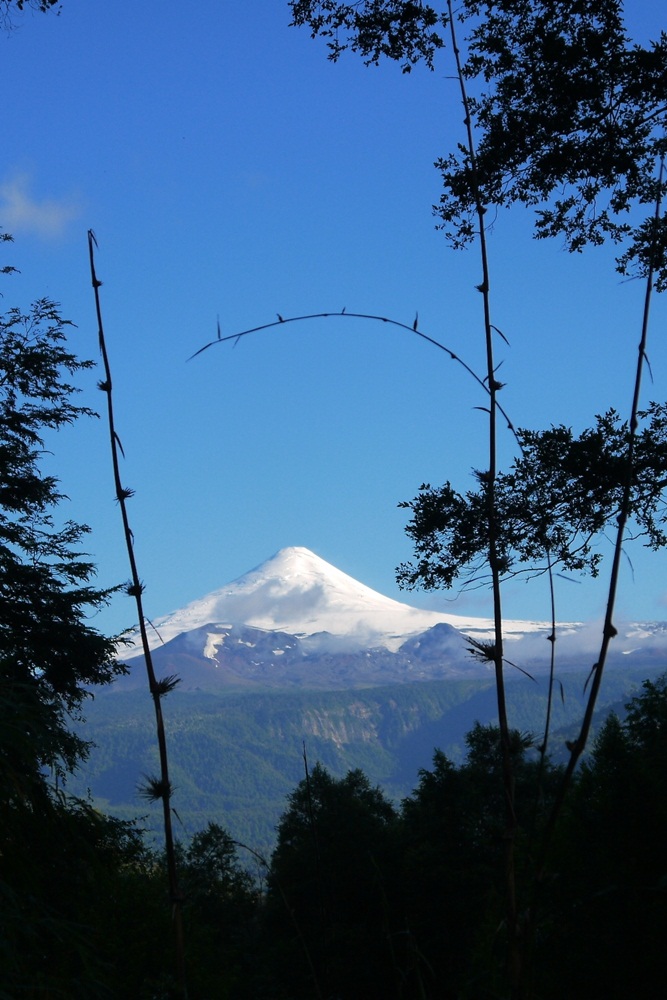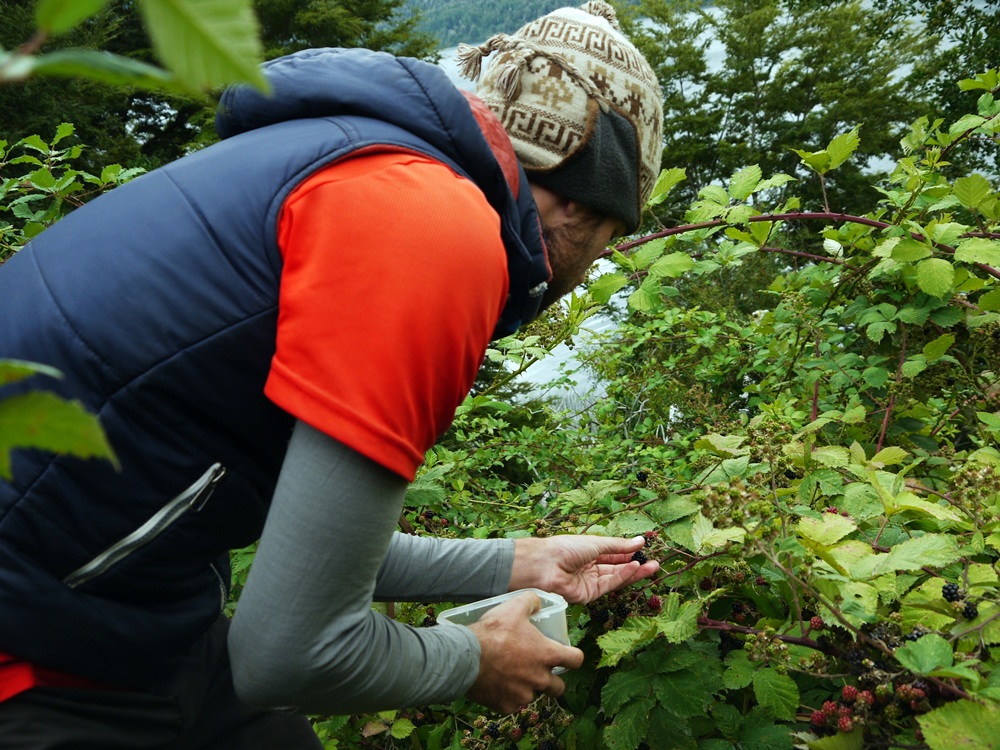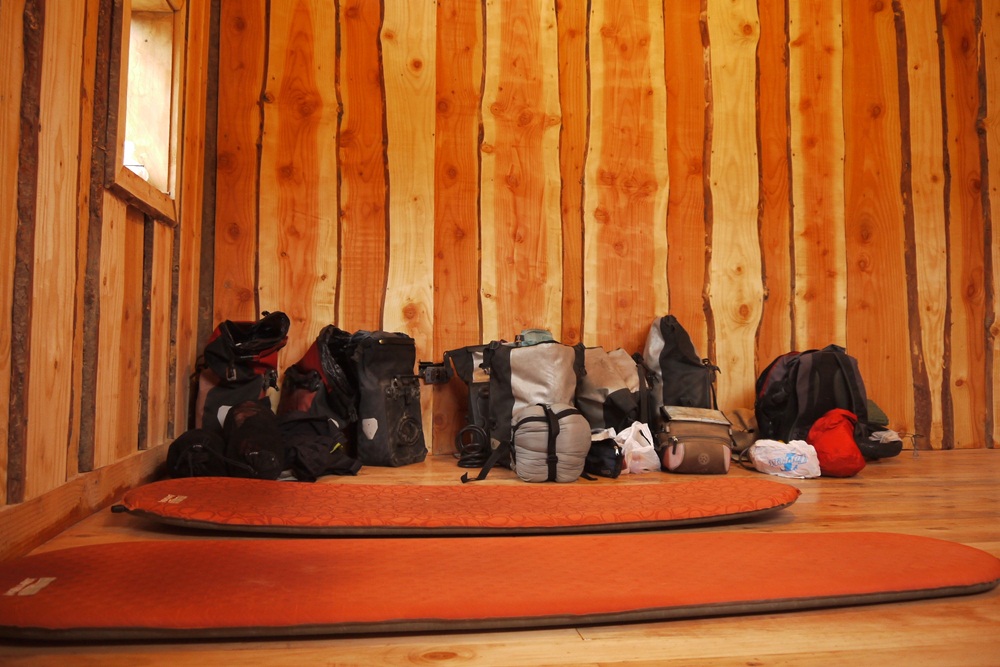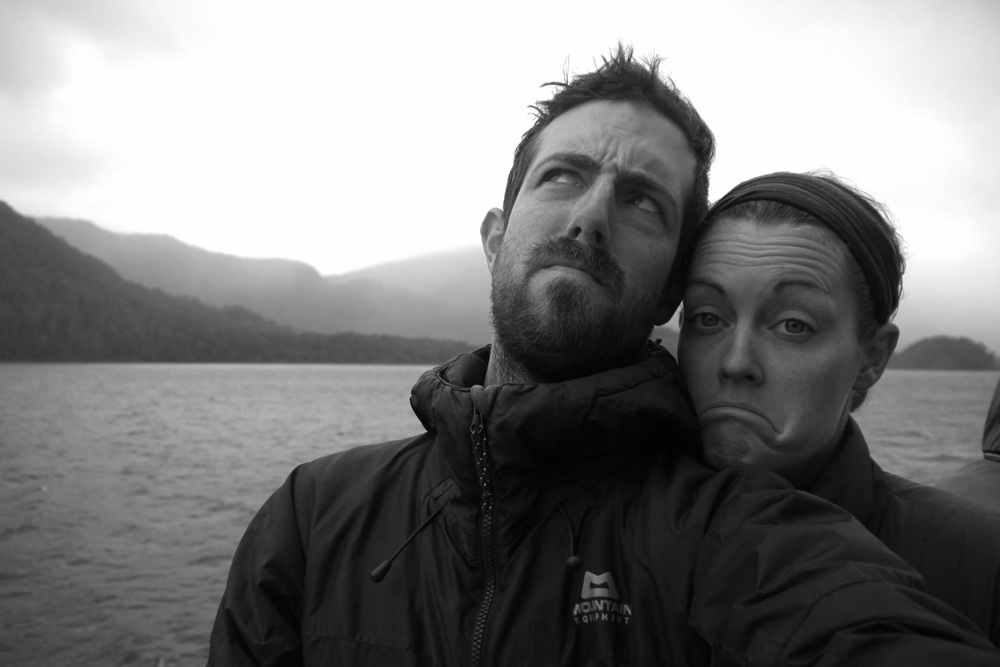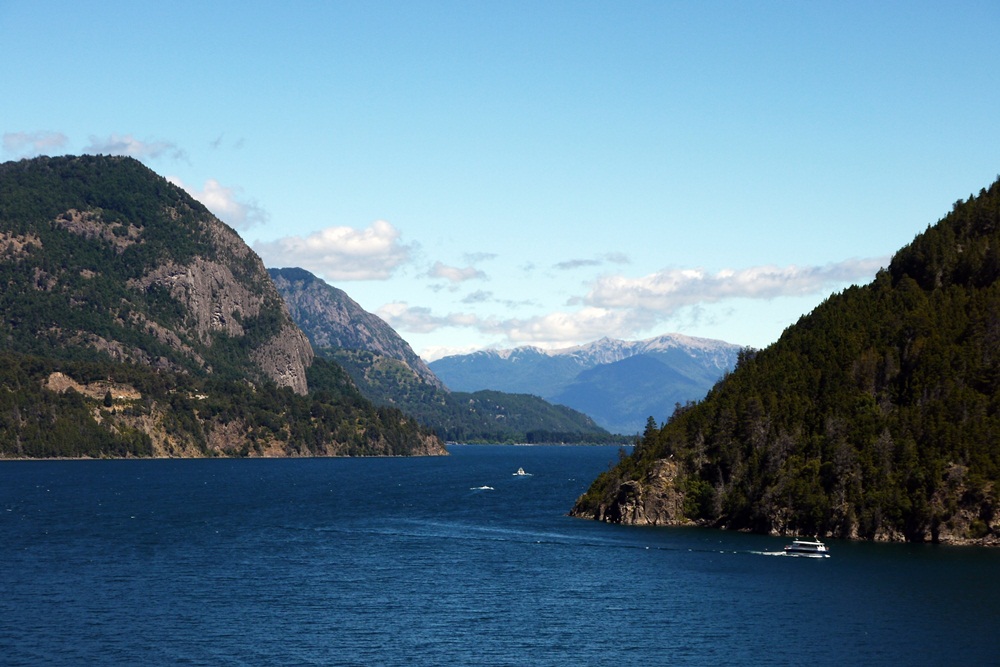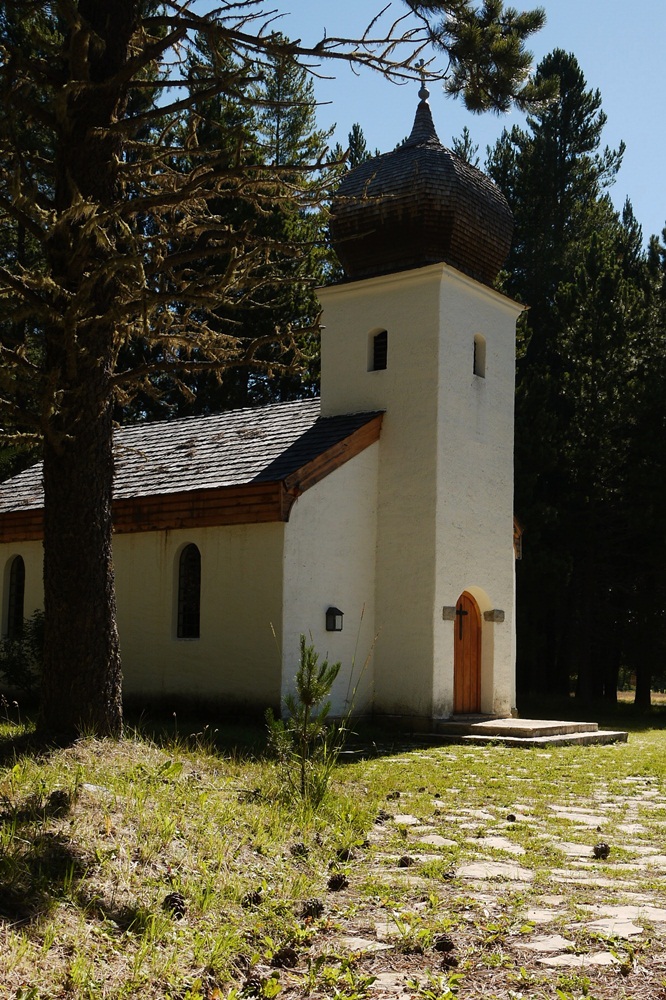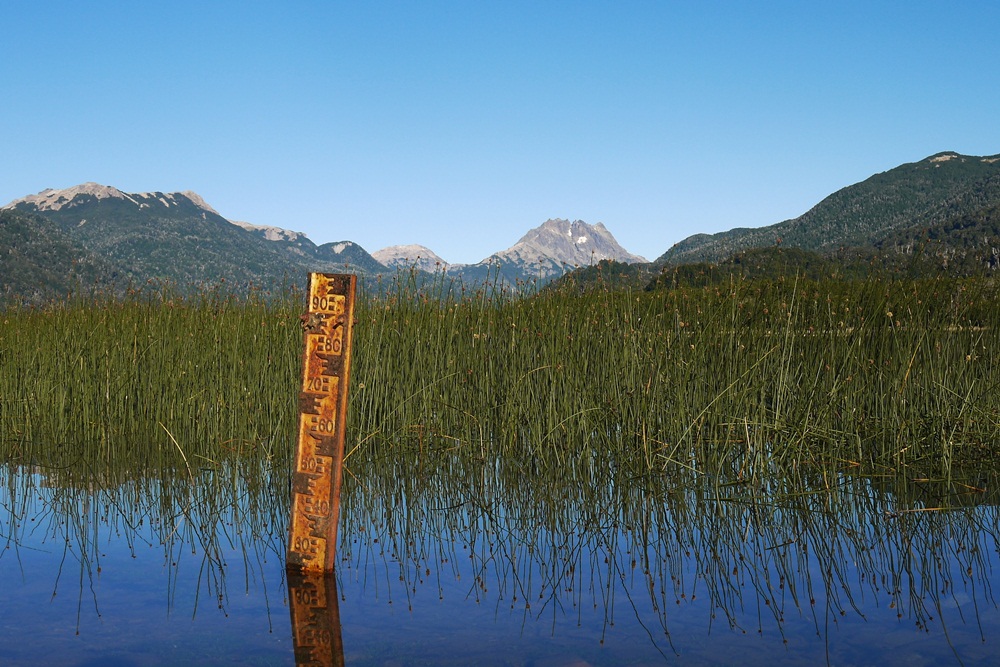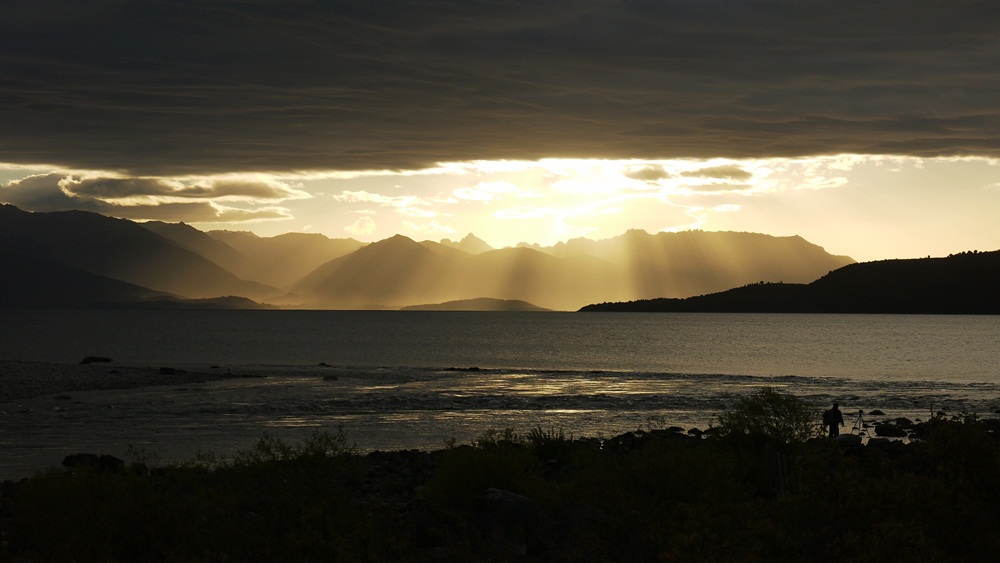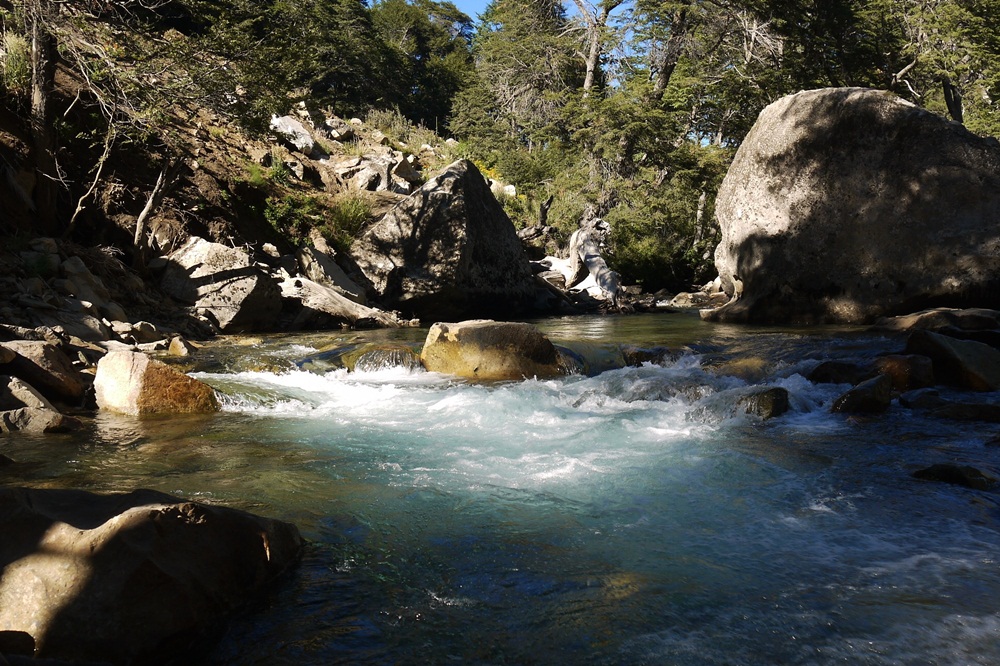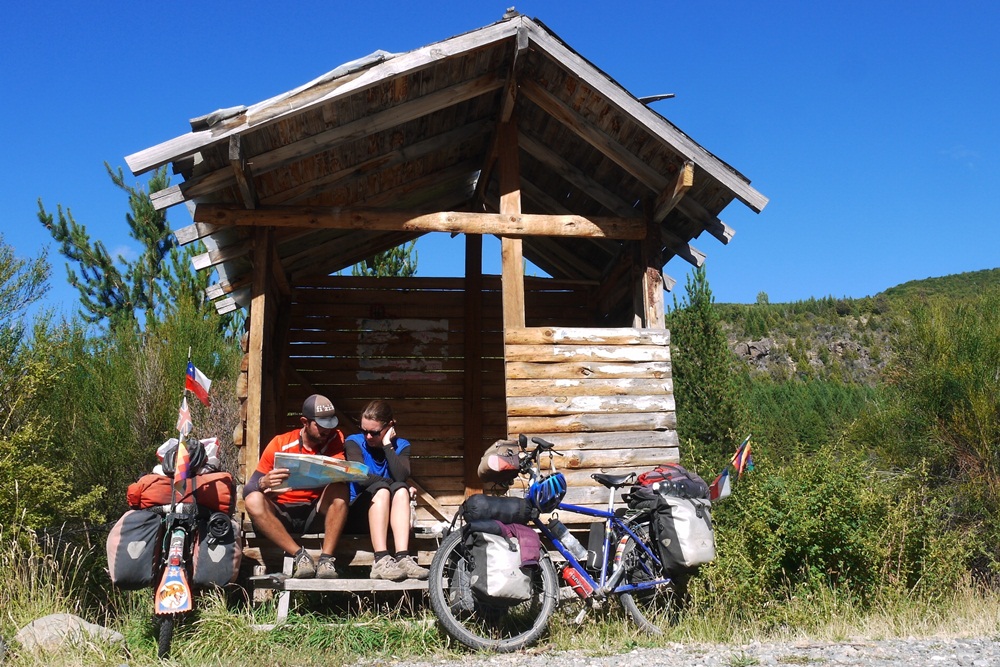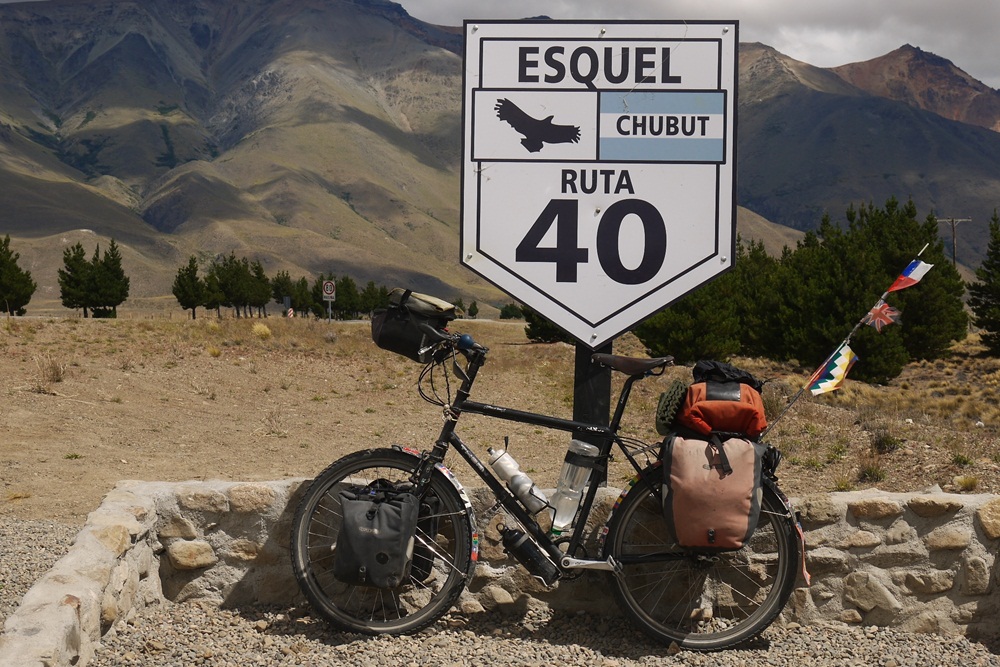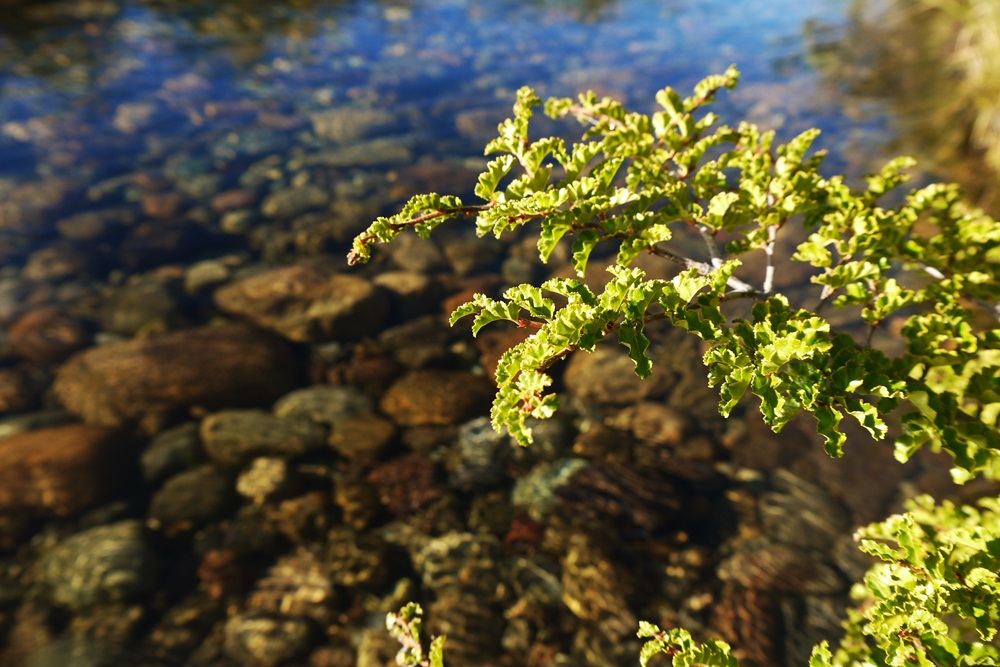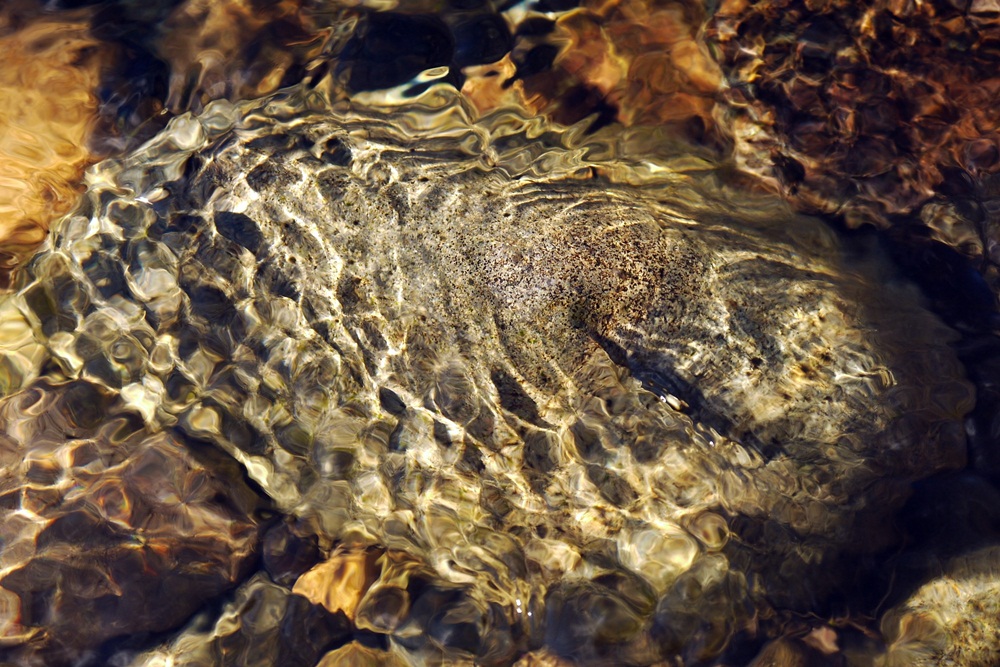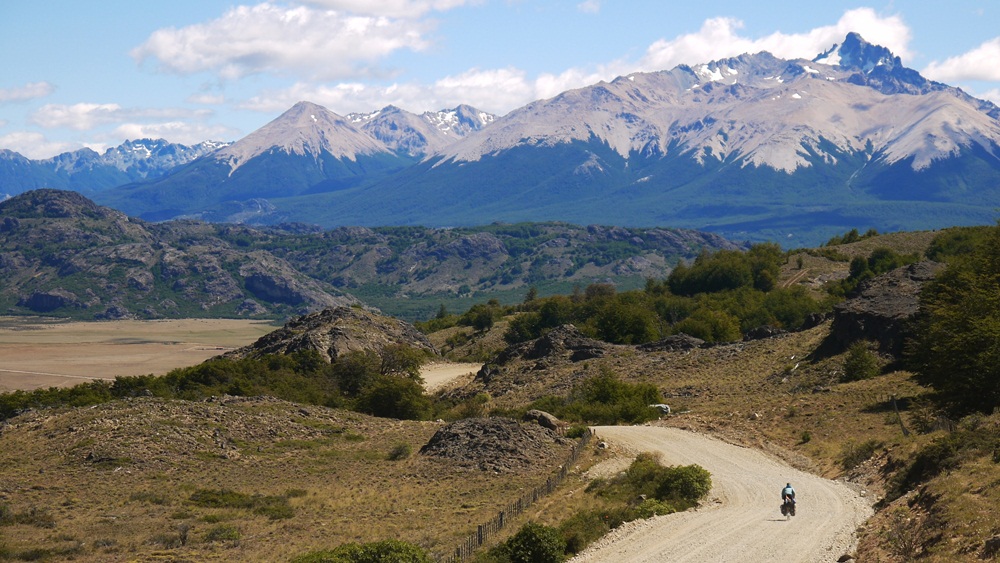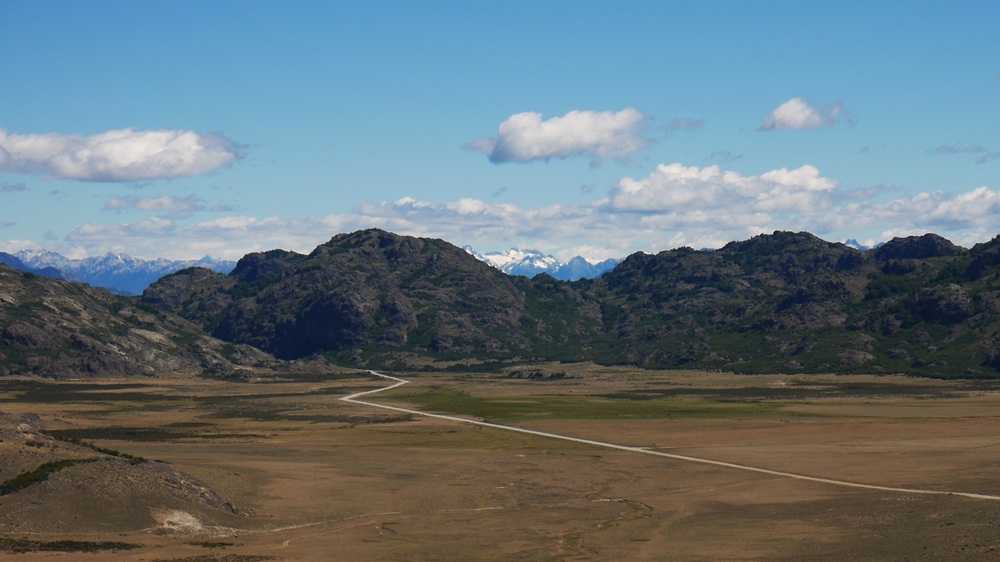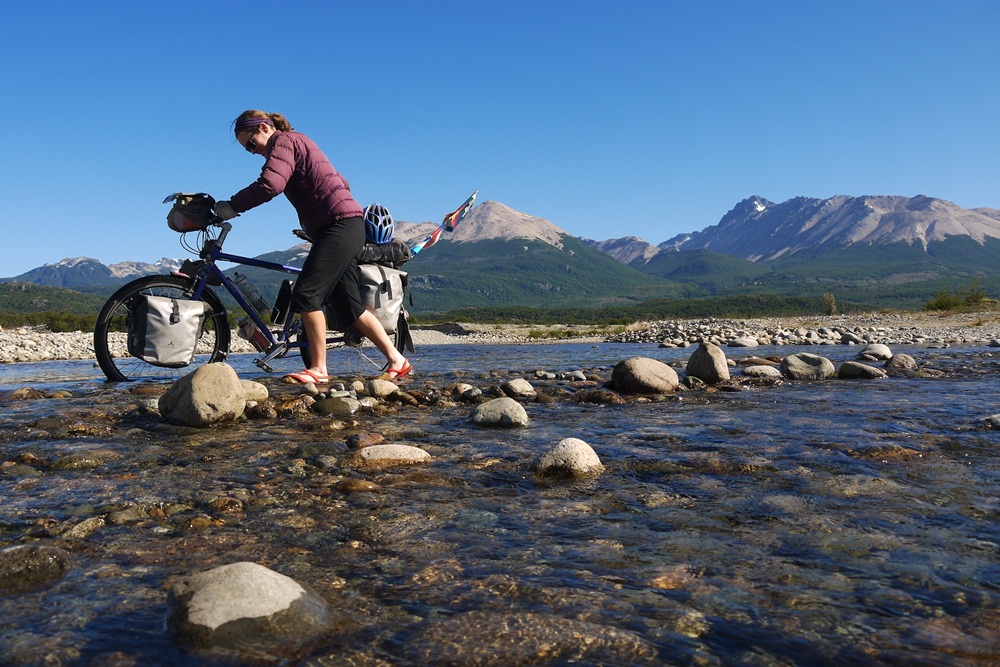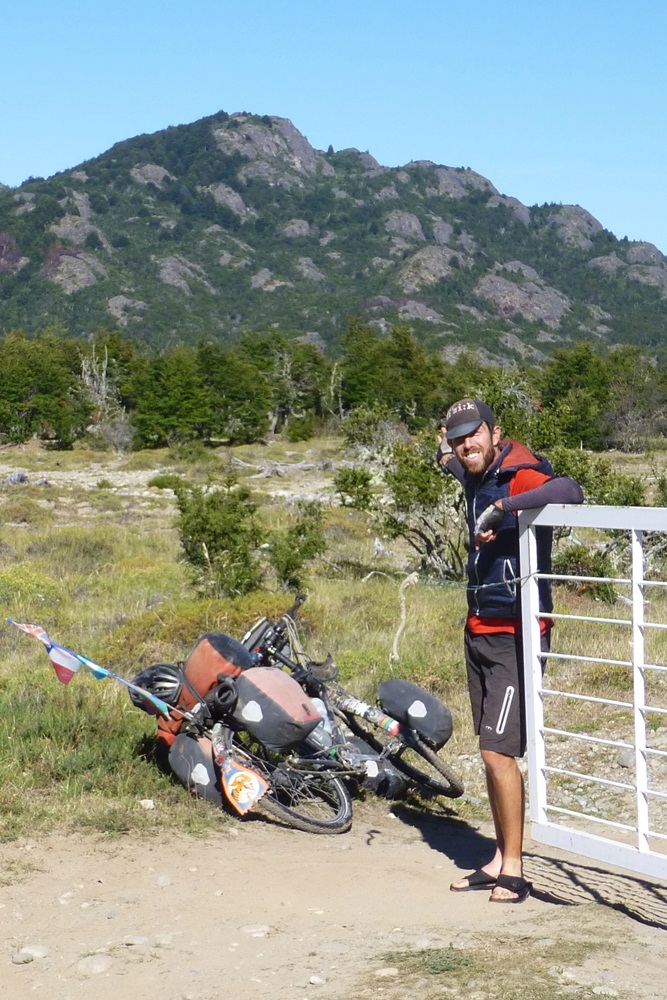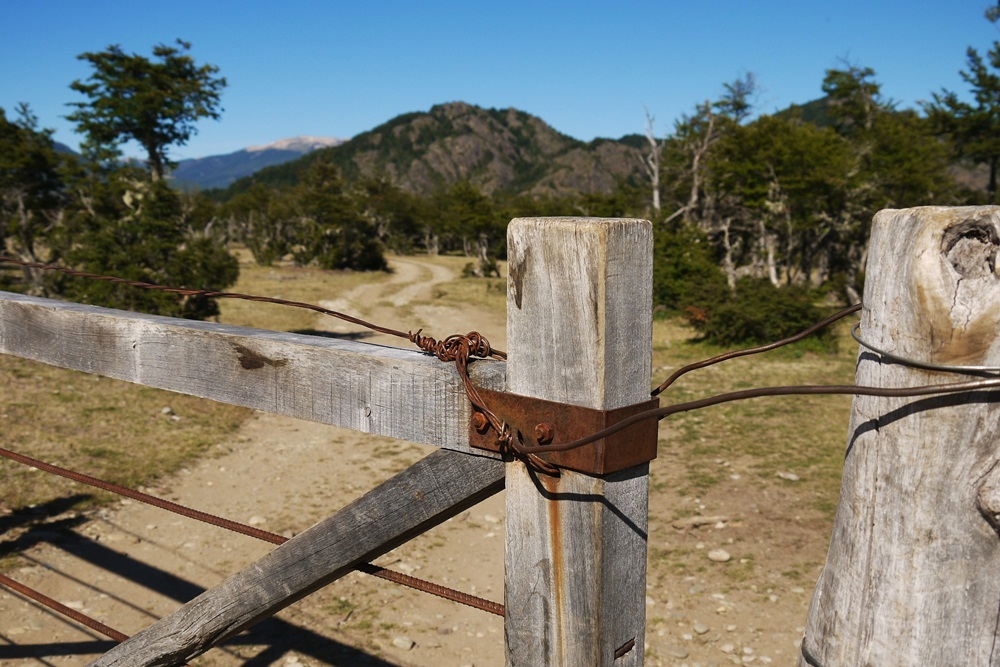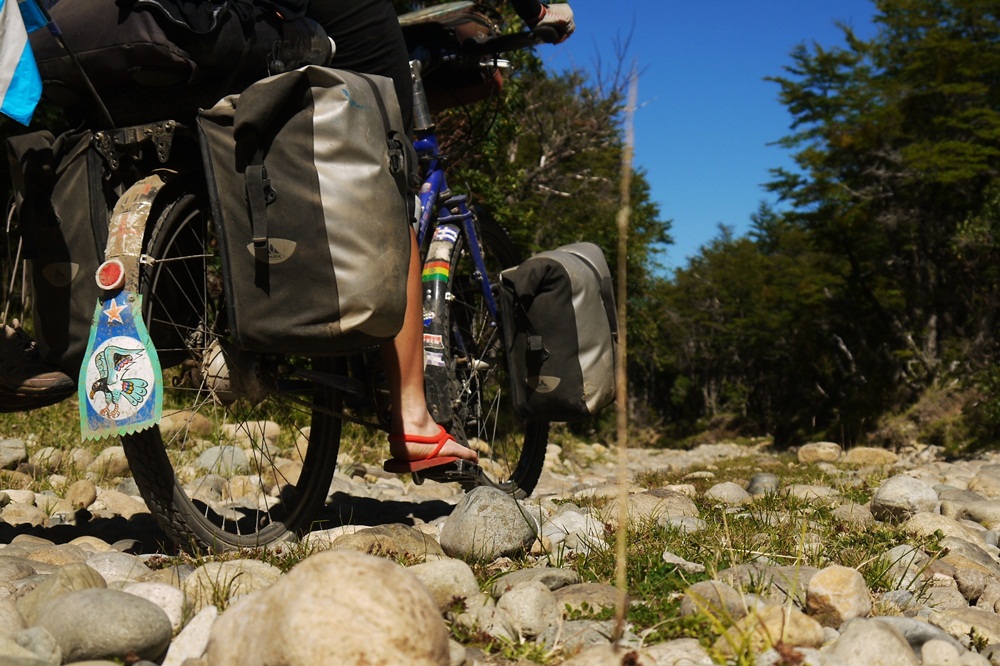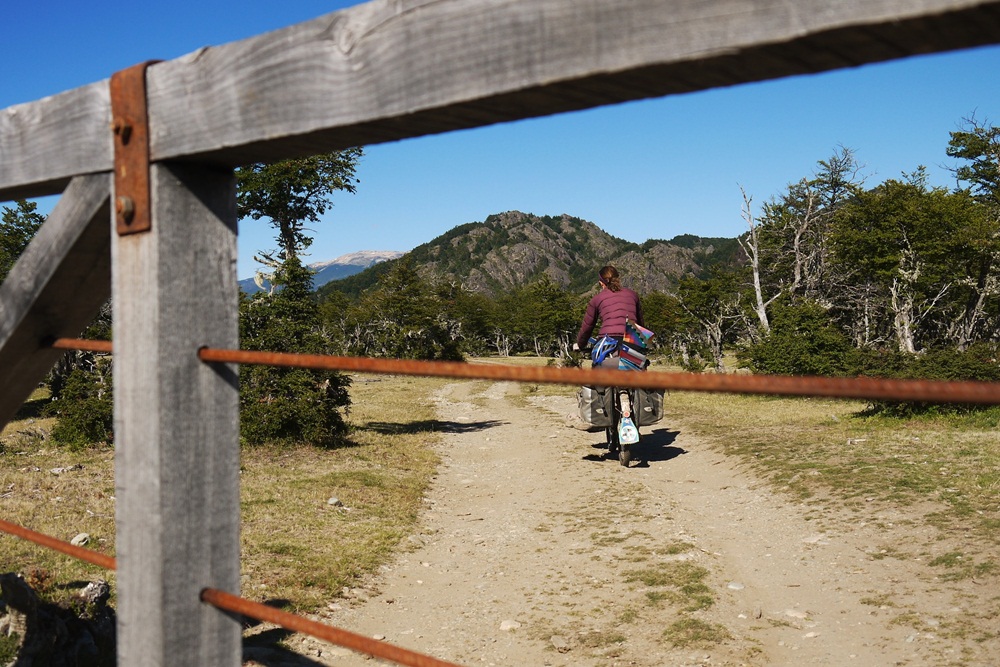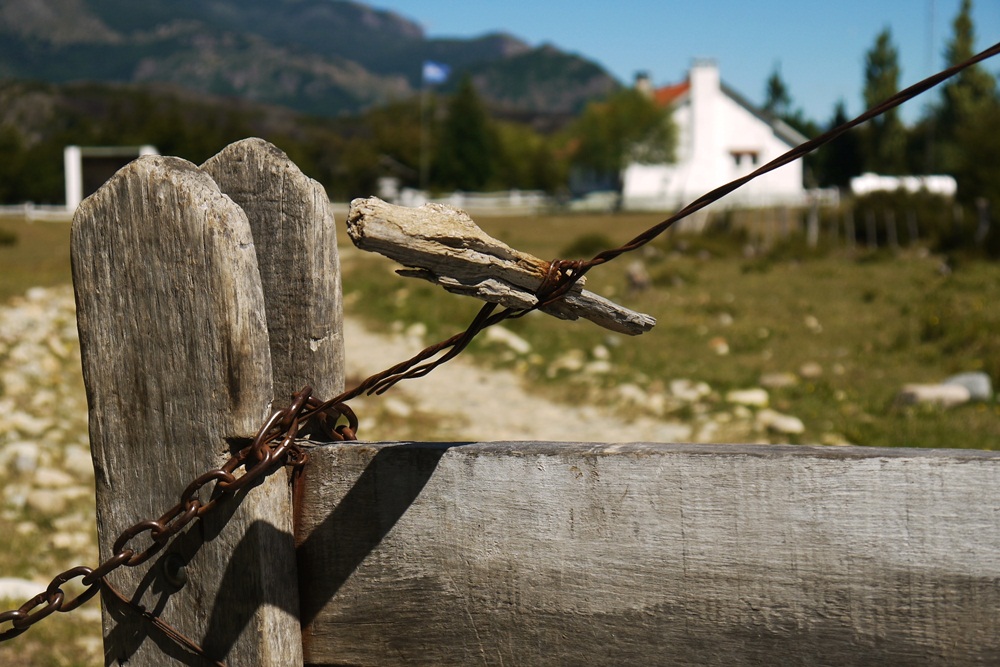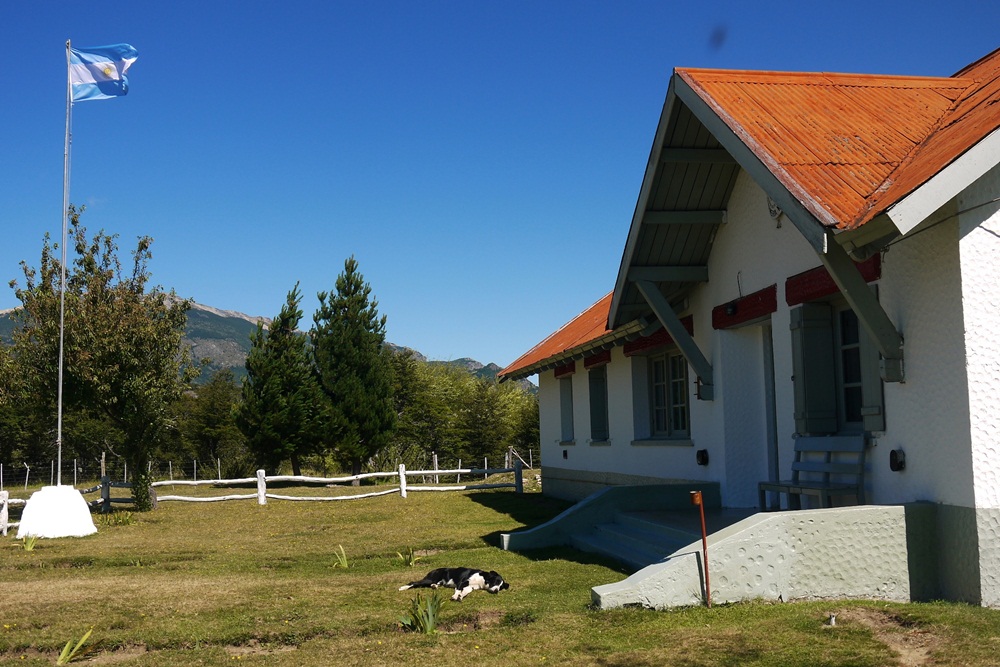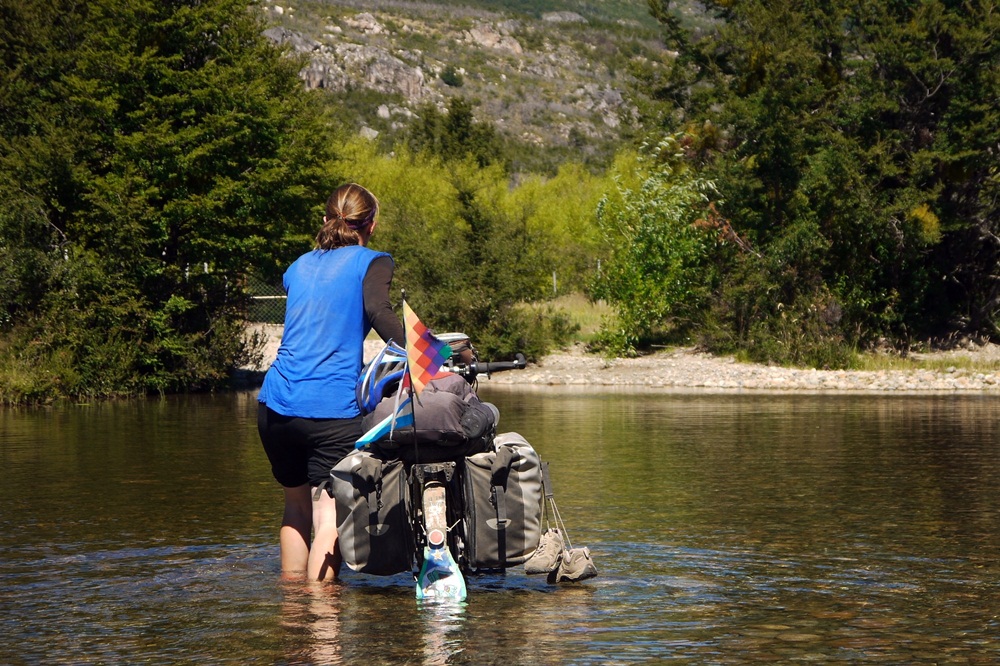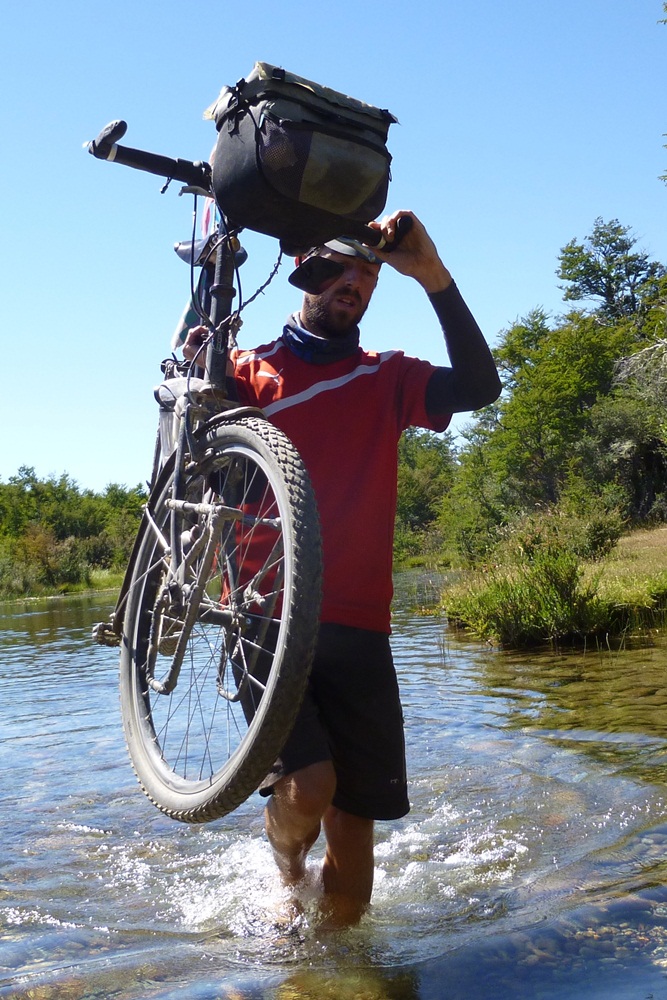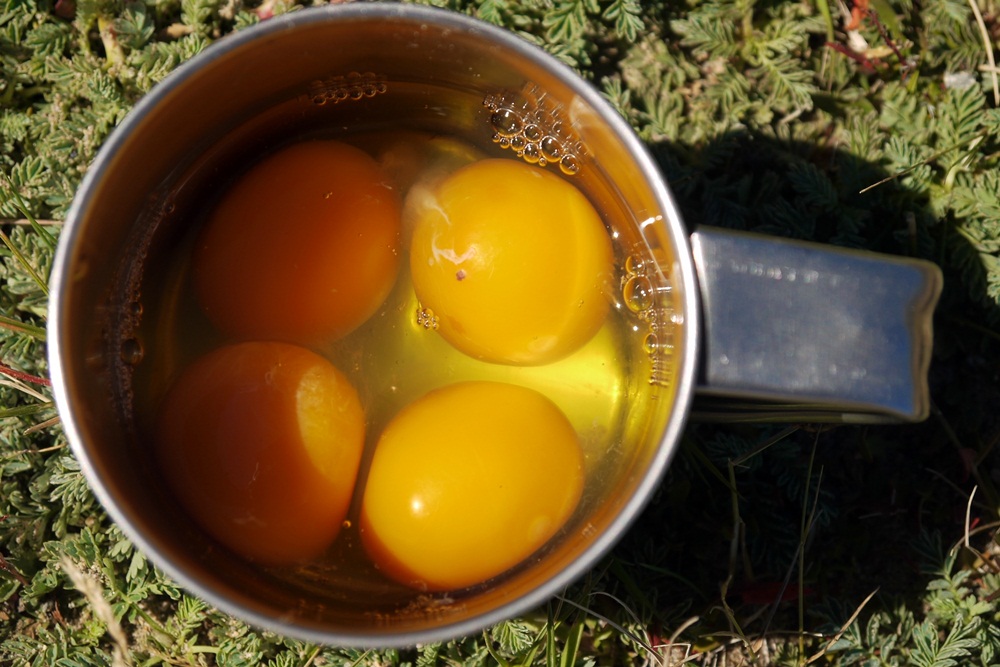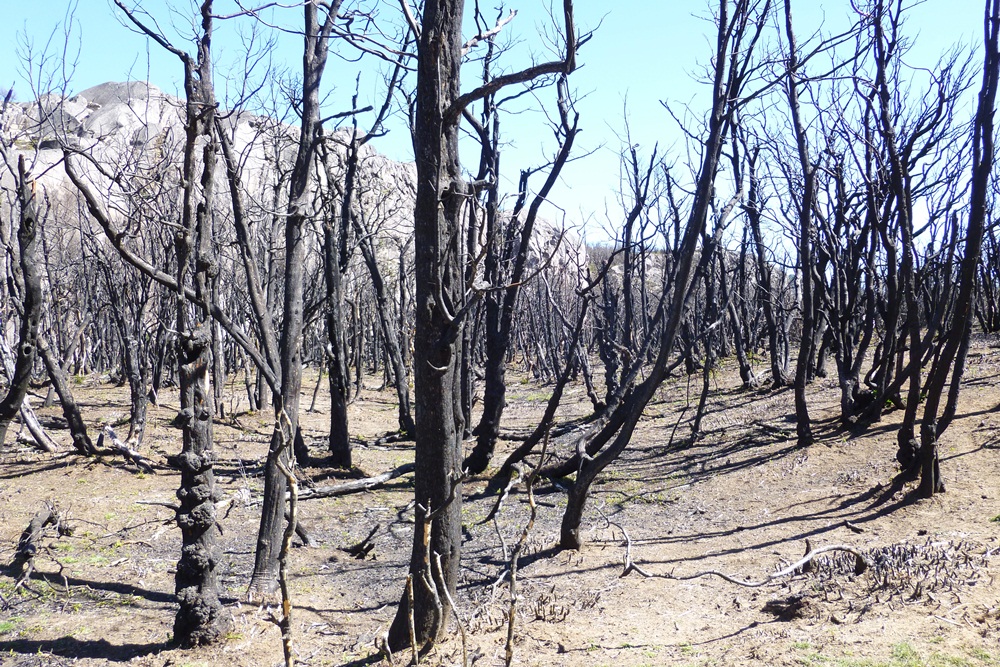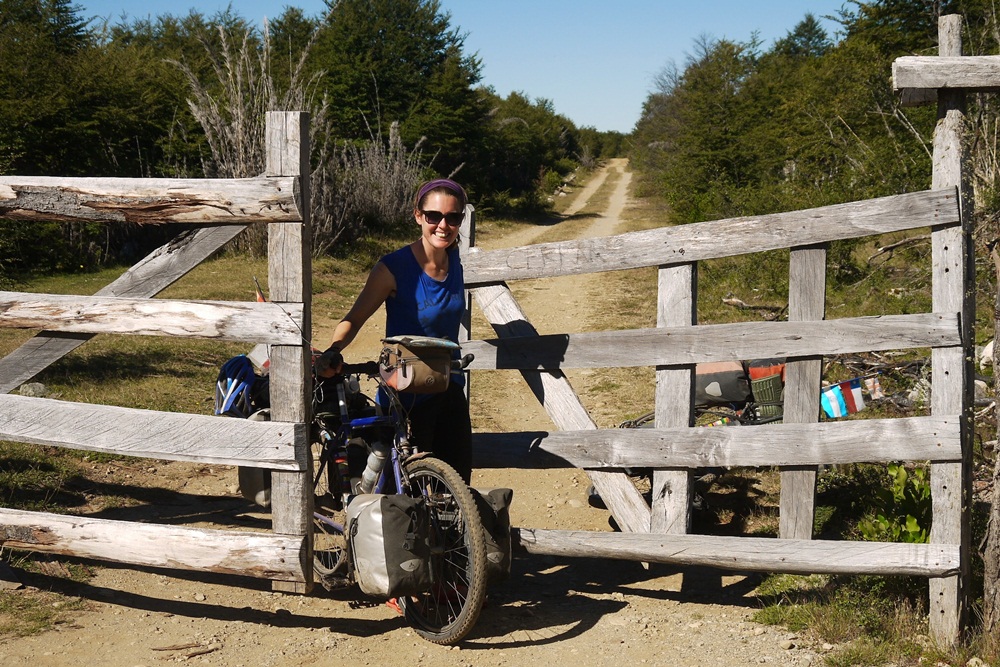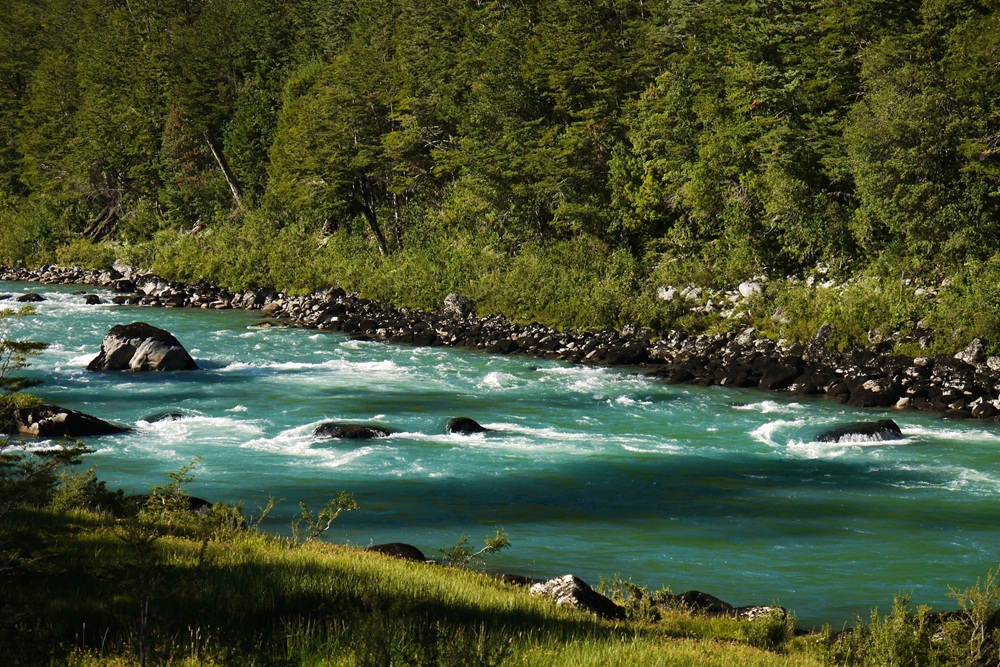39′s the Magic Number
February 1st, 2014
Since I was a child, every year I watched the chattering swallows which had nested in our barn gathering on the wires before their autumn migration in fascination. What must be going through their heads, I wondered? Fear? Anticipation? Excitement?
Now, as our own southerly migration neared its conclusion and thoughts turned to the approaching winter, my head was certainly awash with all those competing emotions. A trip whose end had always been studiously ignored had become reduced to a countdown of just a few short months. Like my swallows, we gathered with friends at Daniel’s impromptu casa de ciclistas in Talca to plot what really felt like the final leg.
Maps were pored over intently and marked with arrows, distances and strange symbols. Beards were stroked furiously. Tips from friends down the road and half-remembered anecdotes from other cyclists’ blogs were met with studious scribbling. The warm late summer sun shone outside, but inside the two Patagonian “W’s” loomed large: Winter, and Wind.
After carefully keeping winter at our backs for the last two and a half years, now for the first time winter would be creeping northwards to meet us. If we wanted to avoid the Patagonian winter, then we would have to get to Ushuaia before the snow did. And, if we wanted to do that, then for the first time in a very long time, we had a deadline.
According to cycle touring lore there is nothing to see in Chile’s central valley – the real action, it is said, doesn’t begin until you hit 39 degrees latitude, where the desert finally gives way to the green lushness of the Chilean and Argentine Lake Districts. And so plans were hatched to make rapid progress south. Some opted to hit fast-forward by pedaling the tarmac treadmill of Ruta 5, while others elected to jump ahead by bus as time pressures began to bite.
And yet as we gazed at the map of Chile, we couldn’t help thinking we were missing something. In fact, probably the most obvious thing about this long snake of a country: its coast, all 6,435km of it. Surely we couldn’t ride through Chile without at least a taste of one of its most prominent features? Added to that, we hadn’t seen the sea since the Colombian Caribbean 15 months earlier – probably the longest land-locked period of our lives. Deep down, our islander genes were undoubtedly craving the sight, sound and smell of the waves.
We also wanted to see something of everyday Chile and meet normal chilenos, conscious that our route further south would take us through some of the most tourist-saturated and uninhabited parts of the country. “They’re the British of South America” we had been told, conjuring up intriguing images of Neighbourhood Watch, orderly queues and fish and chips by the sea. And so off we headed on a less-than-direct route towards the magic 39th parallel, finding on our way a welcome dose of sea air and warm Chilean hospitality.
James
Leaving Talca, we head west towards Constitución. By late afternoon the rain has set in and we are soaked and searching for shelter. Rosa spots us from her doorway, and within minutes we are drinking hot tea and tucking into her pan amasado (homemade bread), while she insists on making us up beds for the night. As much as we love our tent, beds are wonderful things – especially when you aren’t expecting to sleep in one.
…and gather for the obligatory pre-departure shot. Thank you Rosa, Soledad and family for making us so welcome!
This coastal strip used to be covered in ancient forests, but sadly these are long gone and replaced by depressing stands of sterile conifers. Nevertheless, forestry brings much needed work for people like Rosa’s husband Elias, and we dodge the logging trucks as we roll on past sawmills.
Beneath the idyllic surface however, this is a a region still struggling with the aftermath of 2010′s earthquake. The resulting tsunami washed away whole villages, leaving many dead and even more homeless.
Many houses which survived remain covered in plastic sheeting, while new, blue homes have been built for some of those who were left homeless.
Pausing in a gateway for a mid-morning snack, we are beckoned over by a friendly farmer who offers us a supplement…
Beyond Cobquecura, the road turns to dirt and the traffic slows to a trickle, putting a smile on our faces. This is rural Chile: forgotten back roads…
…and smallholdings where the wheat is still harvested by hand. It feels a world away from the gleaming, mechanised agrobusiness of the Central Valley just an hour inland.
We camp on a beach with some chilenos, and in what we are fast-learning is the Chilean way, within minutes food appears – delicious strawberries…
…best enjoyed with another sunset. Strangely, all thoughts of Patagonian winter seem to have vanished.
The next morning the rollercoaster continues, eventually bringing us to the Itata river. Keen to avoid a 40km detour inland to the nearest bridge, we try our luck in finding a boat to take us across. We stop at a house, where we meet Raúl. A quick dash around the village and he finds a boatman who will take us across. “But first,” he says, “why don’t you have lunch with us?”
Of course, it would be rude to refuse, and soon we find ourselves sitting down to lunch with 12 members of a Chilean family we have never met…
Of course, one hour turns into two, and then three – and by the time we finally drag ourselves away we have long missed our lift across the river. We push our bikes along the beach towards the river mouth anyway, hoping to get lucky…
…which we do. Alejandro, a fisherman who is drag netting at the river mouth cheerfully rows us across, explaining that he has done the same for a few cyclists before us.
Here, the fishing boat marooned in a sea of construction says it all – Dichato was one of the villages worst affected by the tsunami.
Evening finds us in Penco, where we go in search of the bomberos (firemen), who invite us to camp in their garage and make a fuss of their cat Bonito – which we duly do.
One final beach camp brings some respite, along with a delivery of deliciously artery-clogging sopaipillas (fried bread) from friendly camping neighbours.
And then the latitude ticks over the magic 39 degrees as we finally reach Villarrica and the Chilean Lake District. Our excitement is short-lived however, as childhood memories of holidays in the English Lake District come flooding back. Green, lush…and very, very wet. Looks like the waterproofs will be seeing a lot more action from here to Ushuaia.
Lakes & Gates
February 24th, 2014
In my experience, when given the choice between a lake and a gate, cyclists would normally always opt for the lake. Throughout our trip, pedalling past beautiful lakes has brought us peace and contentment. The two mighty lakes of Atitlán in Guatemala and Titicaca in Bolivia spring immediately to mind, but there have been countless lakes along our route to relax by and enjoy.
Gates on the other hand have always represented a temporary or permanent obstacle in our path; an annoyance. Either we have been completely unable to pass or, in deciding to tackle the gate, we have had the onerous task of unloading our bikes, heaving them over the gate and loading them back up again – not much fun with two bikes and ten bags between us.
On this leg of the journey however, it was to be the reverse. The lakes, although pretty, were hidden from us behind a succession of wet and grey days and instead it was the series of gates that were the real pleasure along the road, tempting us along towards the Carretera Austral.
Sarah
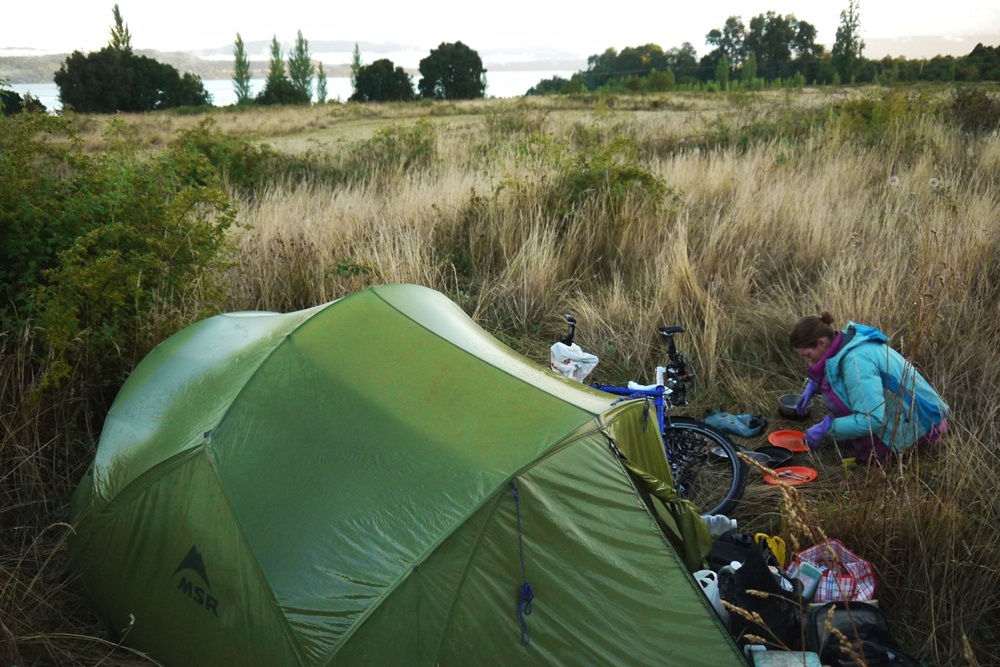
Leaving the northern Chilean coast behind, we are off to a bad start, arriving at Villarrica, portal to the Chilean lake district in the middle of torrential downpour. Unlike our beloved English Lakes, there isn’t even a fascinating pencil museum to shelter in and so we pitch a soggy tent in a soggy field…
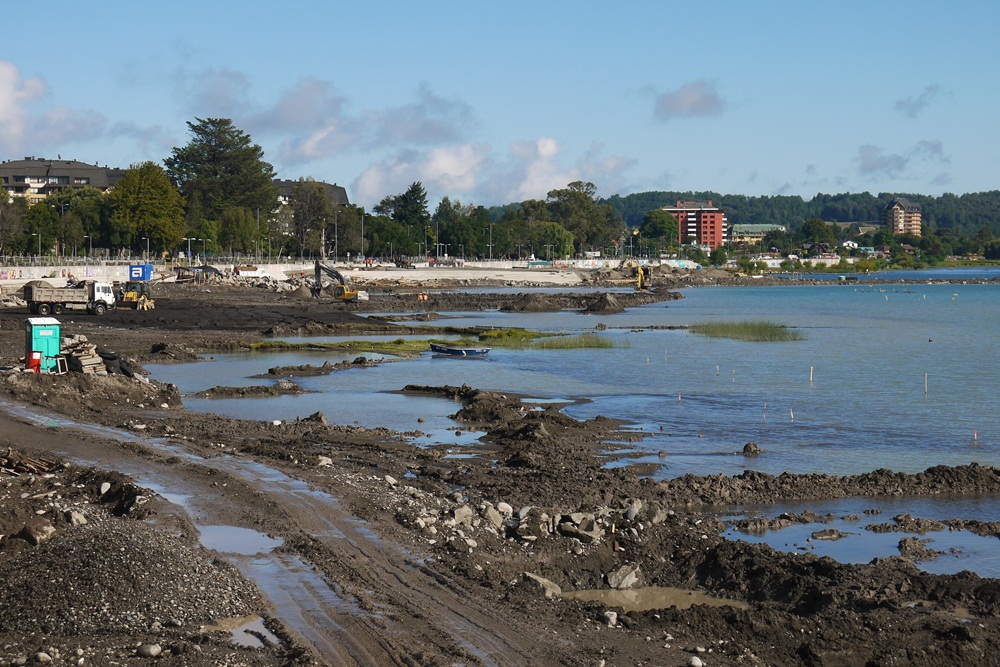
…and wake up to breakfast on a building site. Villarrica sees the potential in tourism and is in the midst of building an artificial beach for its visitors.
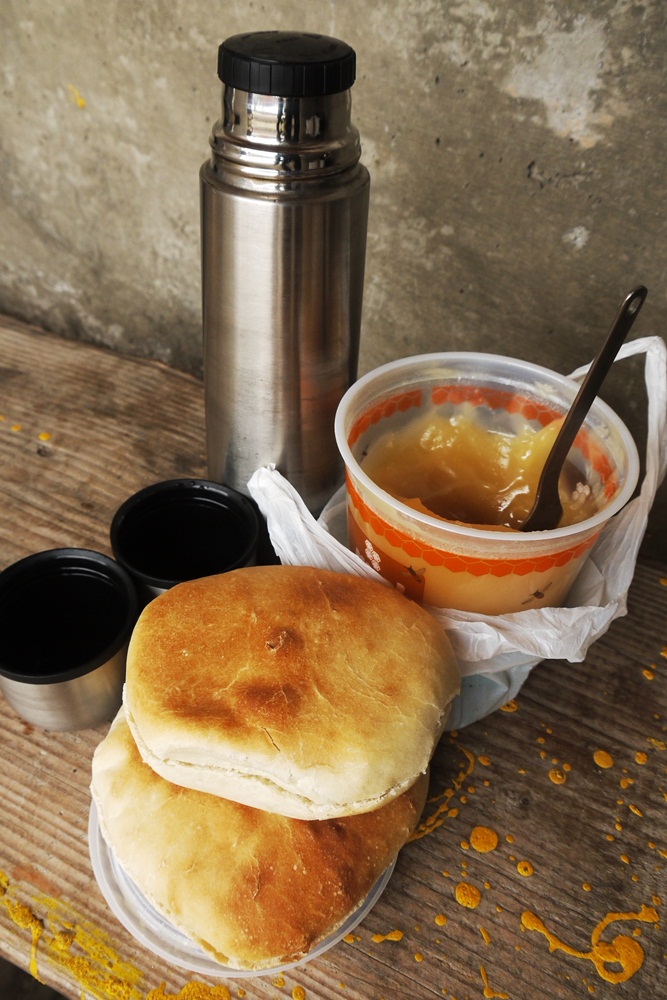
Another highlight of bike travel in Chile is stopping for warm bread straight from someone’s oven. Pan amasado can be found in nearly every village in Chilean Patagonia and this particularly warm, fluffy and comforting batch couldn’t have come at a more welcome time. Straight from the oven with fresh local honey and a cuppa from the flask. Perfect.
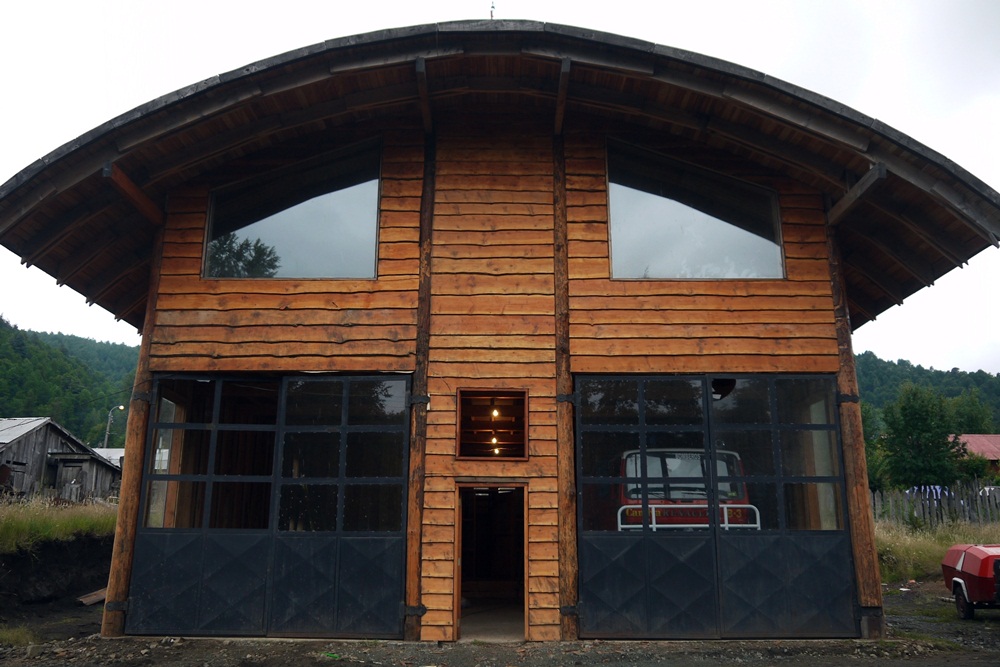
Rain again stops play. We are forced to postpone our ferry crossing at Puerto Fuy because the weather is so bad but it leads us to ask for shelter at the cosy new fire station in the village.
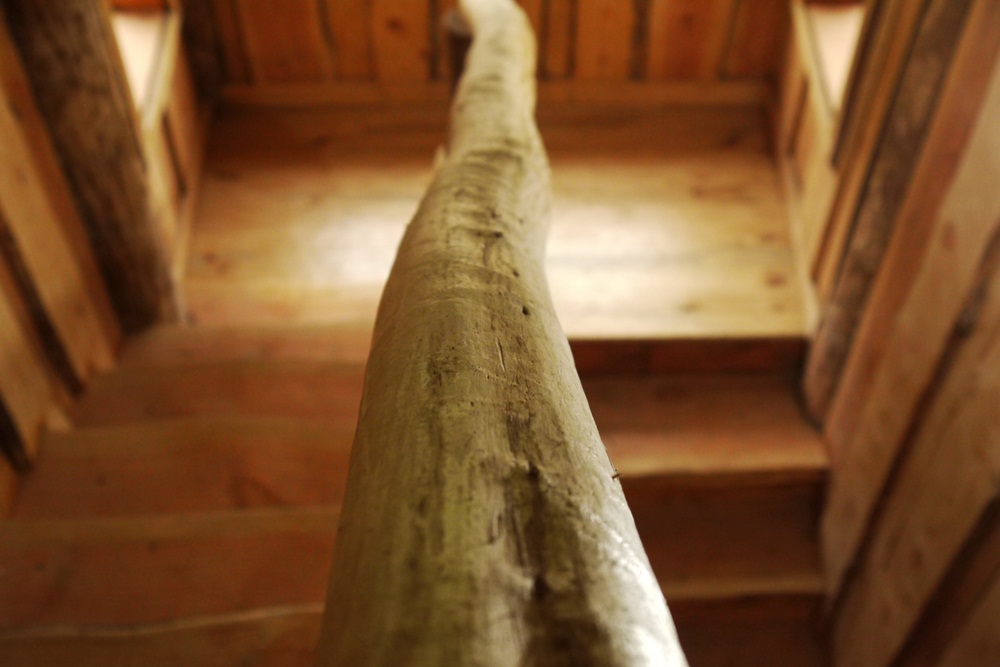
Beautifully constructed from local pine, it’s not quite finished yet, but the attention to detail and craftsmanship are evident.
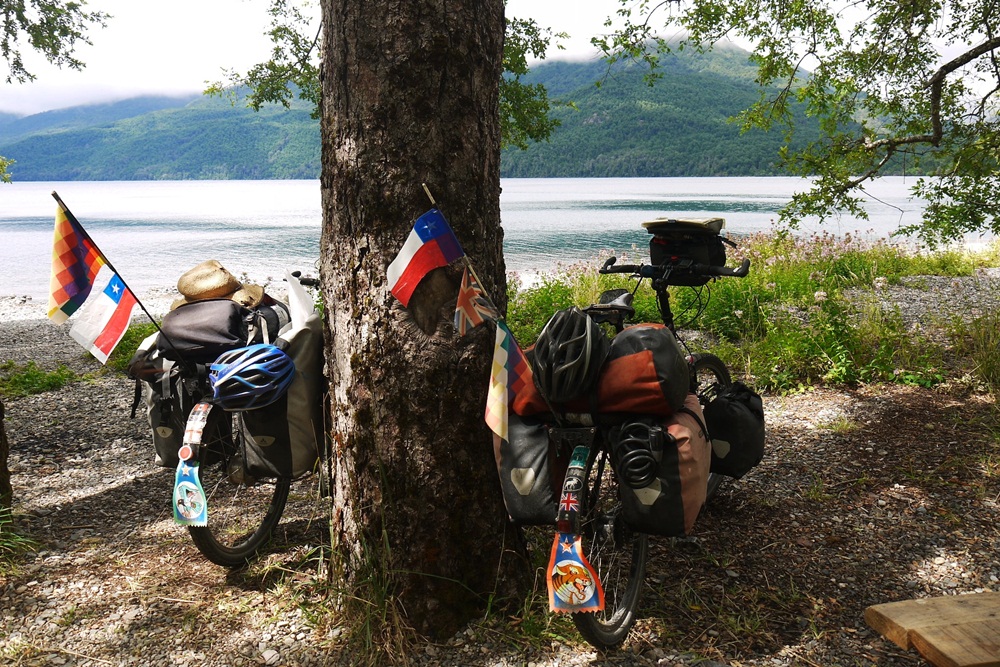
The ferry takes us from Puerto Fuy across Lago Pirihueico and back into Argentina. When we arrive at idyllic Lago Nonthué just across the border, the sun finally shows itself…
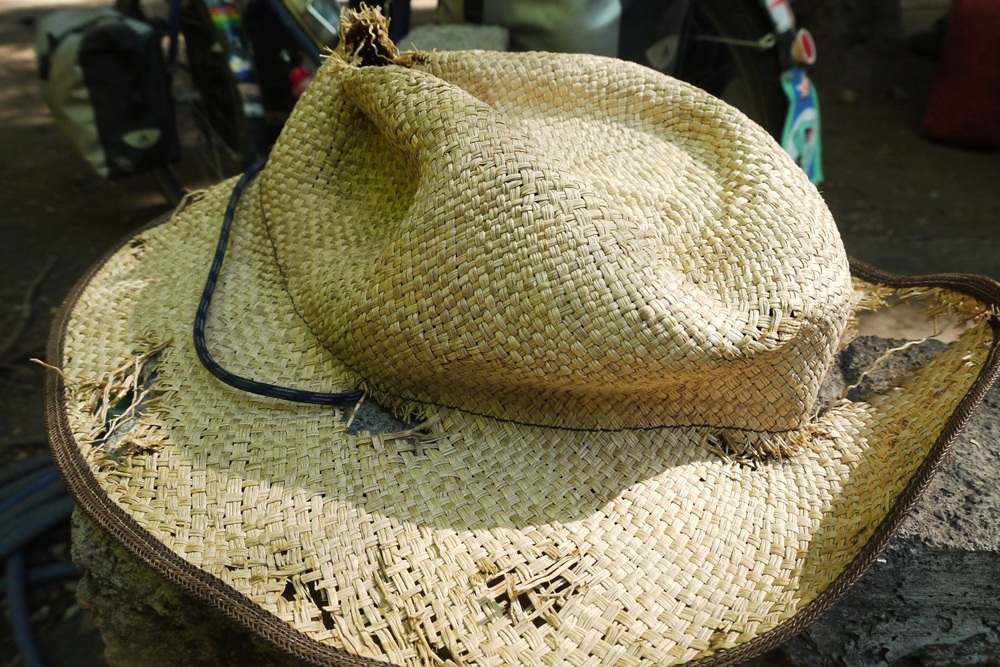
…where it is time to say goodbye to my faithful but battered old hat, with me all the way from Cuenca in Ecuador (May 2013).
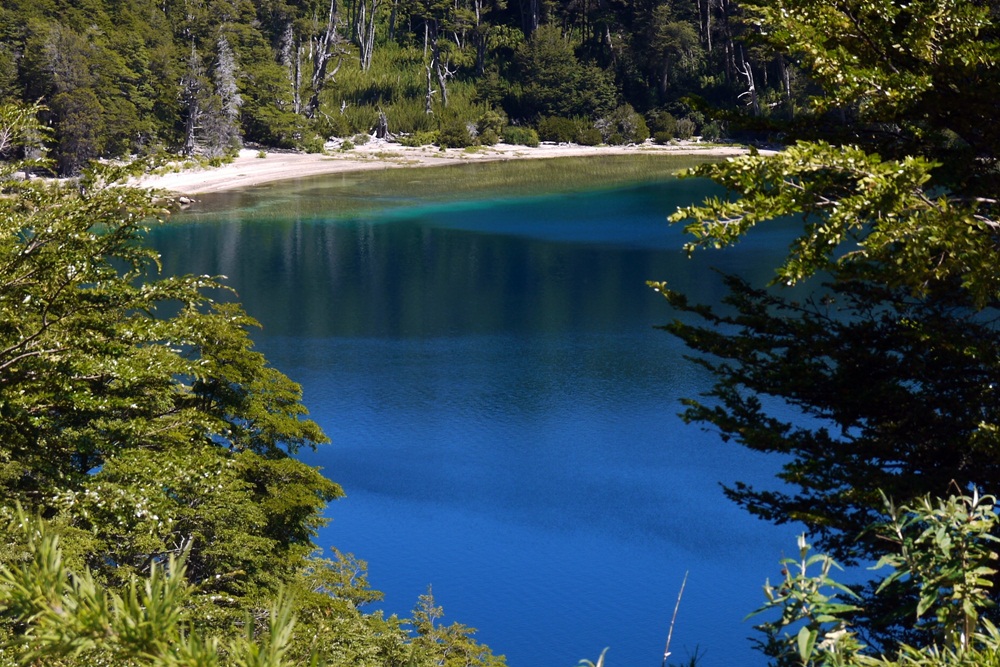
…until crystal clear Lago Espejo (Mirror Lake) convinces us to stop riding early and jump into the water.
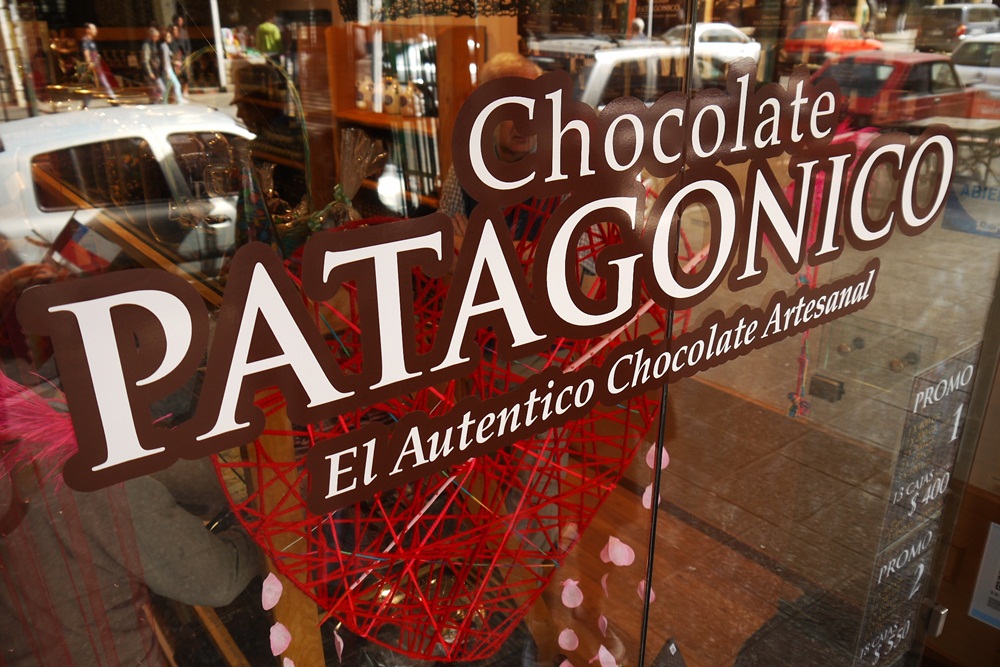
But there is an uglier side to this area – chocolate shop Swiss-style towns like Bariloche sometimes make the lake district feel like it’s a bit of a circus…
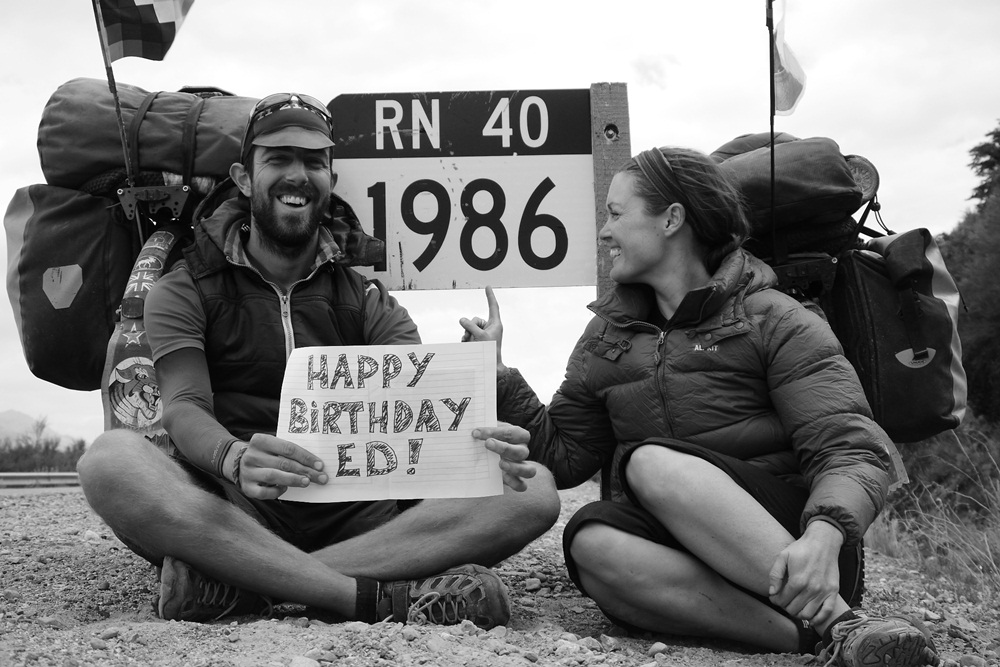
Back on the road, we are heading for the less-visited towns of Esquel and El Bolson, stopping along the way to “create” a birthday card for James’ brother Ed. A handily placed road sign with the year of his birth, a hastily prepared poster, a tripod and hey presto we’ve got ourselves a card!
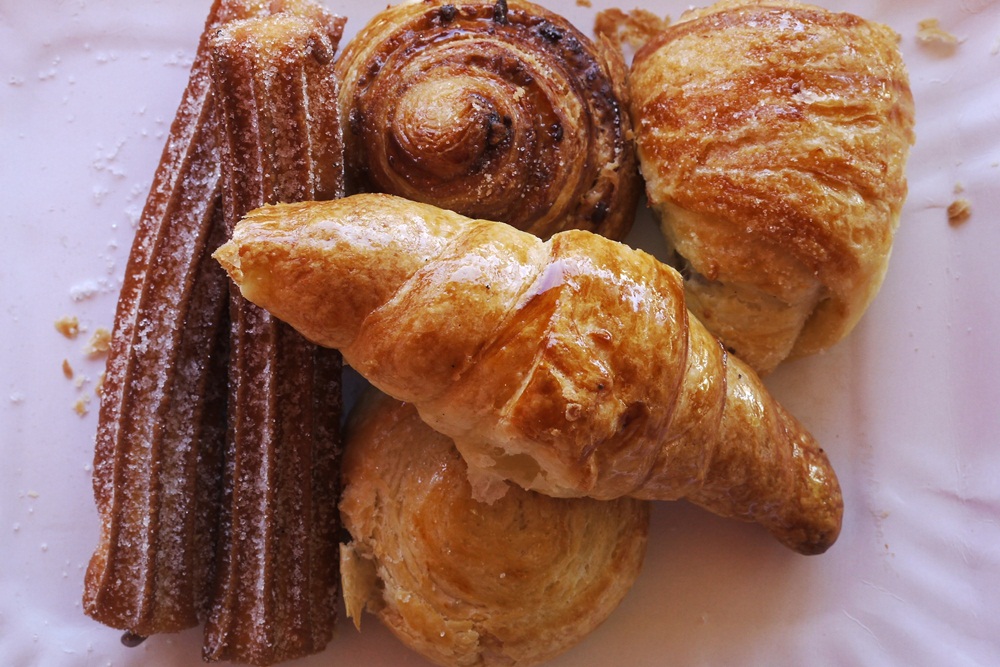
…true to form, we seek out the bakery. Facturas are mini pastries to be found in every Argentine bakery in Patagonia. The quality varies but in Esquel we hit the jackpot.
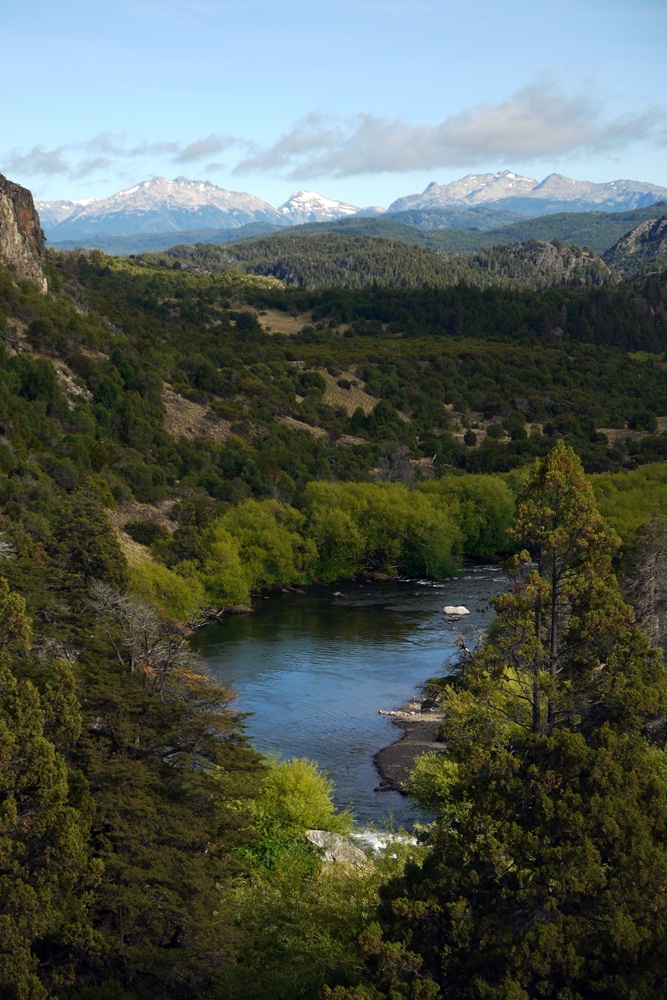
Time for another detour and we choose a route to avoid roadworks at Futaleufu, the traditional border crossing for the Carretera Austral which takes you back into Chile. Keen to avoid the gravel, dumper truck mayhem we have been hearing about we used Skyler’s Off Route blog to plan a more picturesque and fun-filled route.
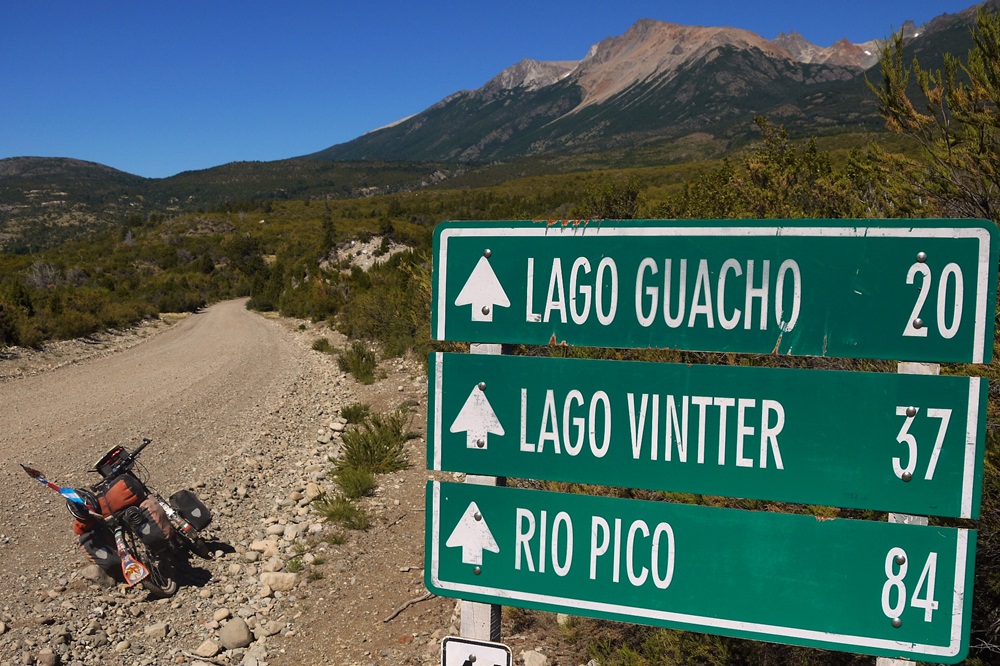
It’s a route that takes us along dirt roads, past forgotten lakes and through plenty of gates to our destination of the Chilean border crossing at Lago Verde, just a day’s ride from the fabled Carretera Austral at La Junta.
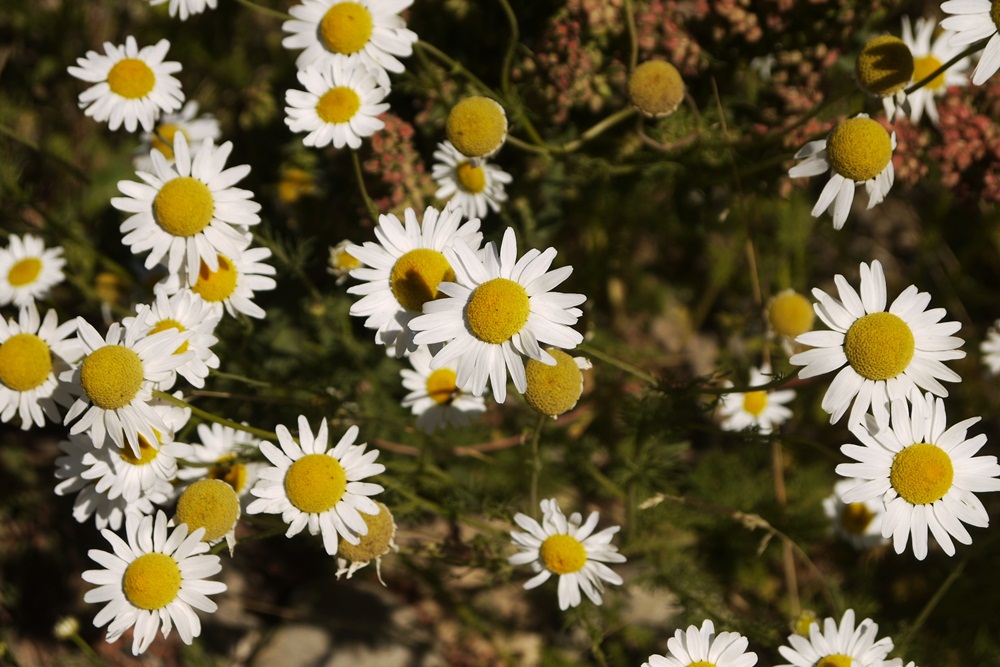
…and pretty little daisies which, I learned after all this time in Latin America are called margaritas. I will never look at a tequila cocktail in the same way again.
We reach Lago Vintter on a stormy day. The wind blows caps onto the lake and all of sudden we feel we are by the sea.
At the end of that zig-zag lies a village that used to be known as Las Pampas and is now called Doctor Atilio Oscar Viglione. Thankfully our generous host that evening has a much more manageable name: Aldo. Head of the local police Aldo wastes no time in taking us in, giving us a bed, plying us with tea and then providing the tastiest indoor bbq I think we will ever eat.
Saying goodbye to Aldo, we start on one of the most enjoyable days we’ve had in a long time. We only clock up 30km, slipping and sliding across rivers and through gates but it’s challenging, remote and beautiful…in all the right doses.

The stunning Lago Verde awaits with a prime camp spot but before we get there, refuelling is needed…
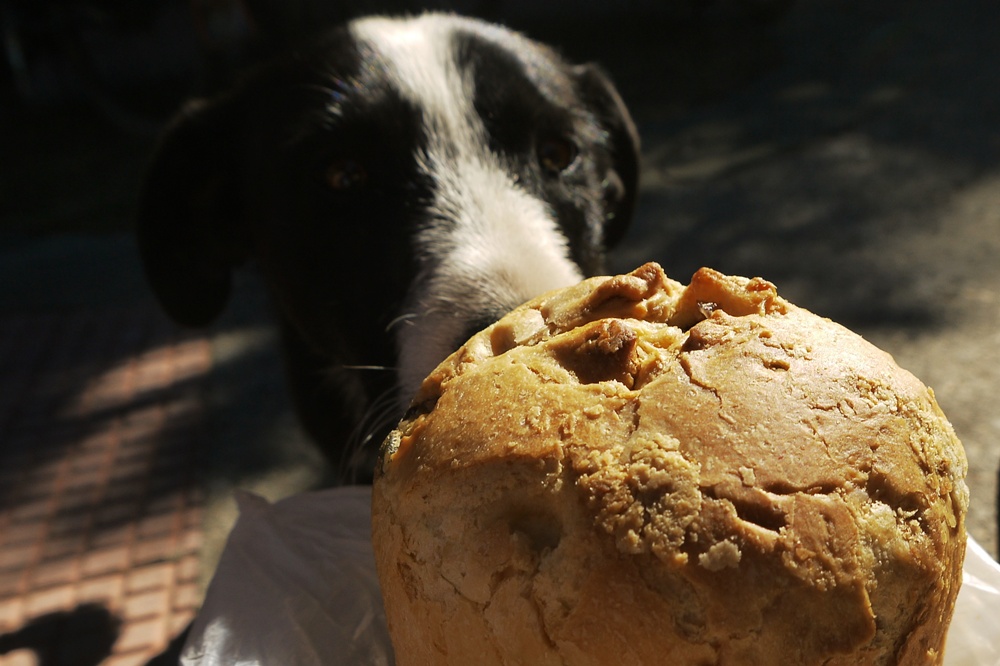
…Aldo has slipped a homemade cake into our panniers and this local hound knows just as well as we do that it’s a tasty snack. What he realises much later to his dismay is that cyclists don’t share!
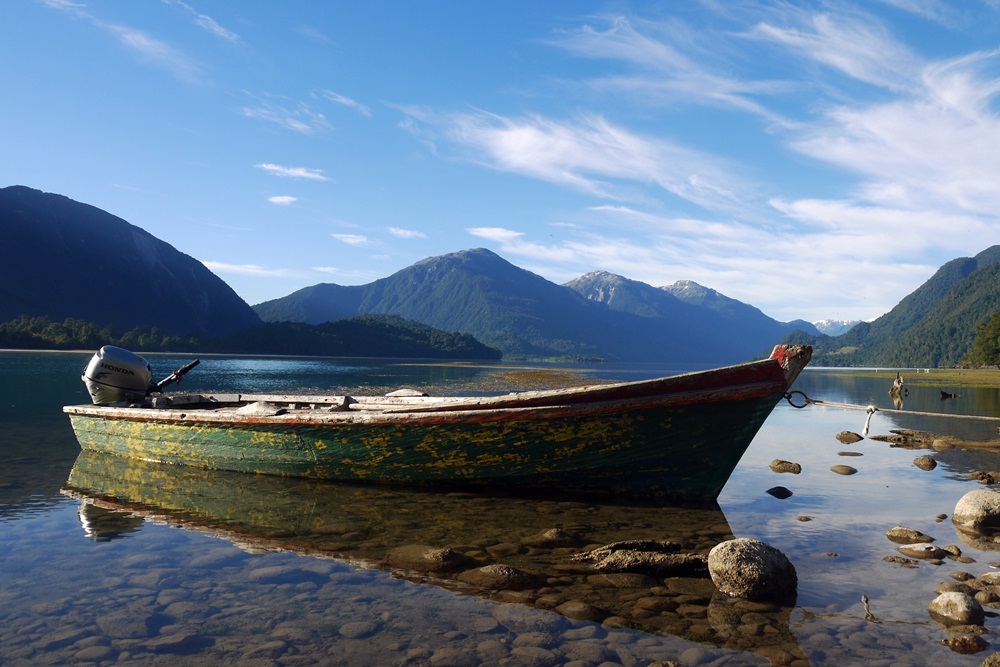
…and our final camp spot before we hit the Carretera Austral? Why at a lake of course: this time, the serene Lago Roosevelt.

